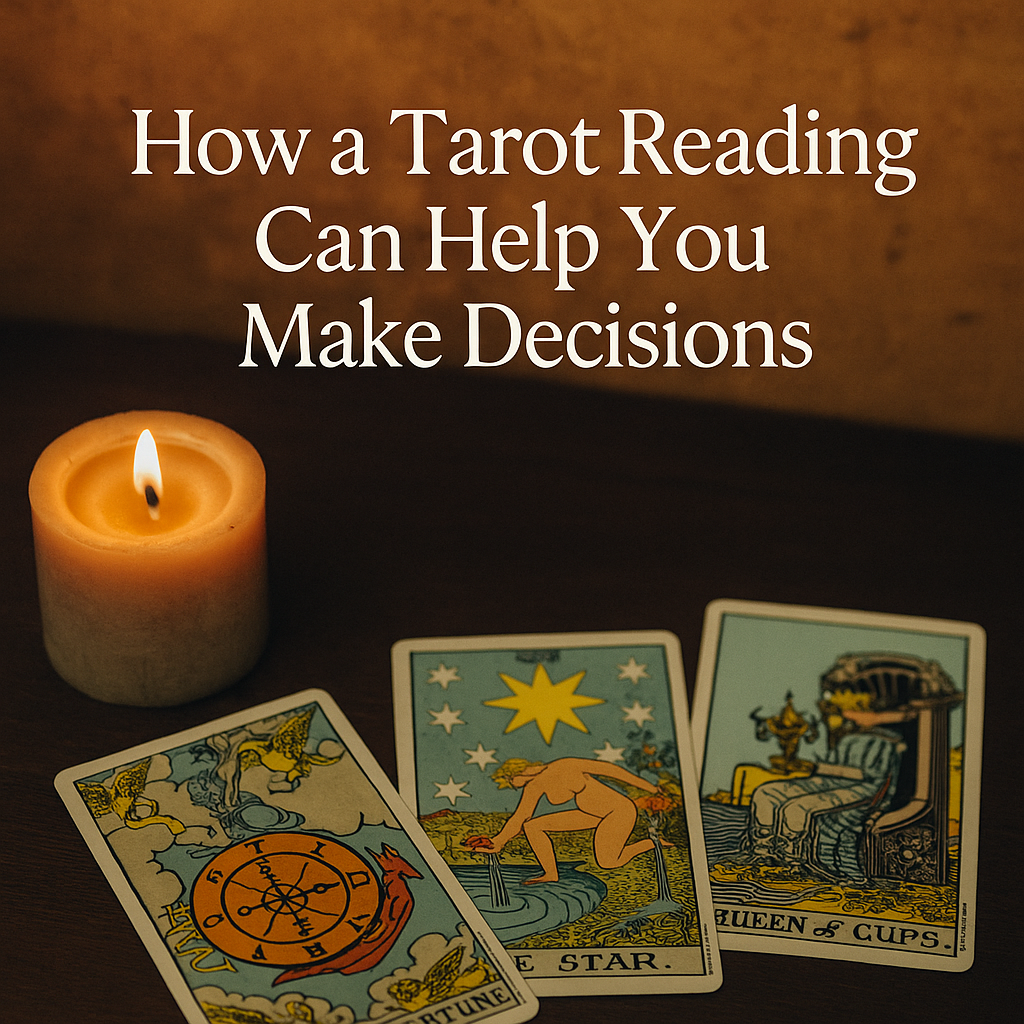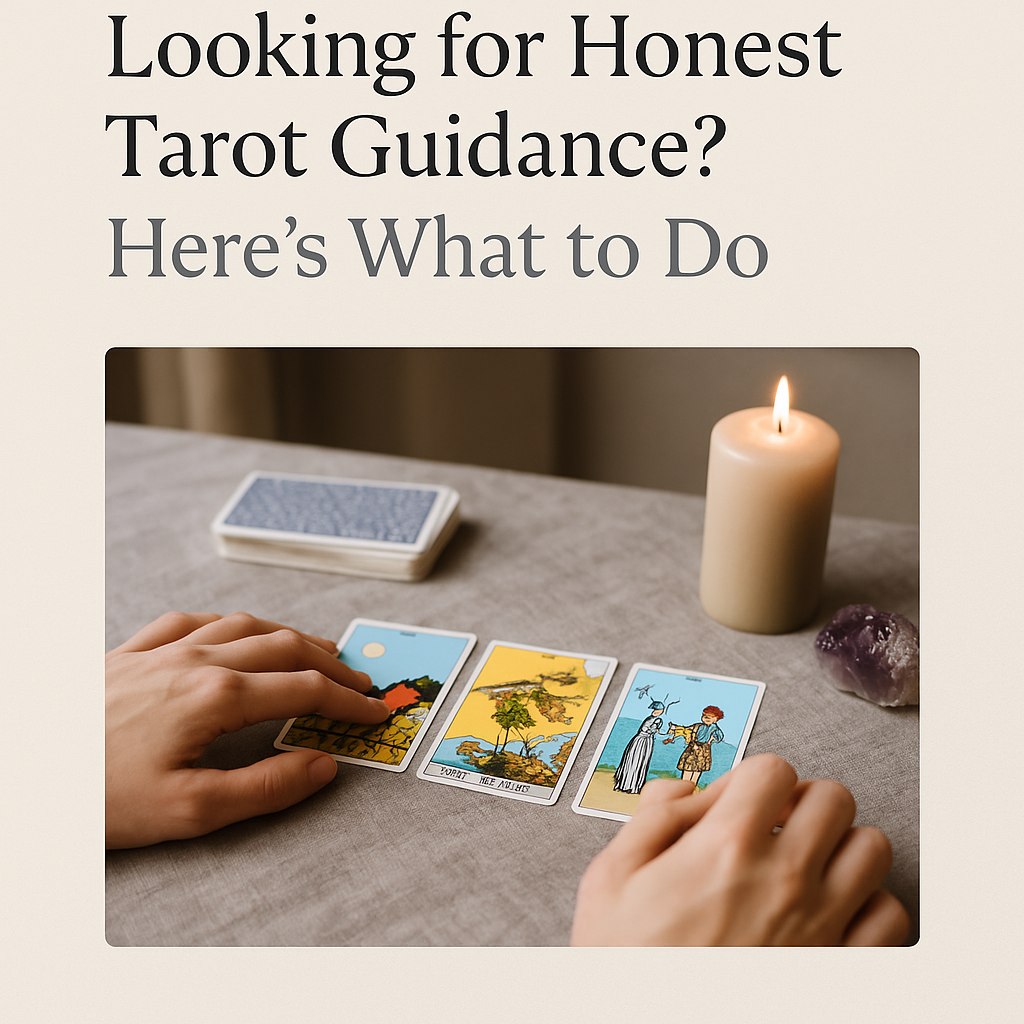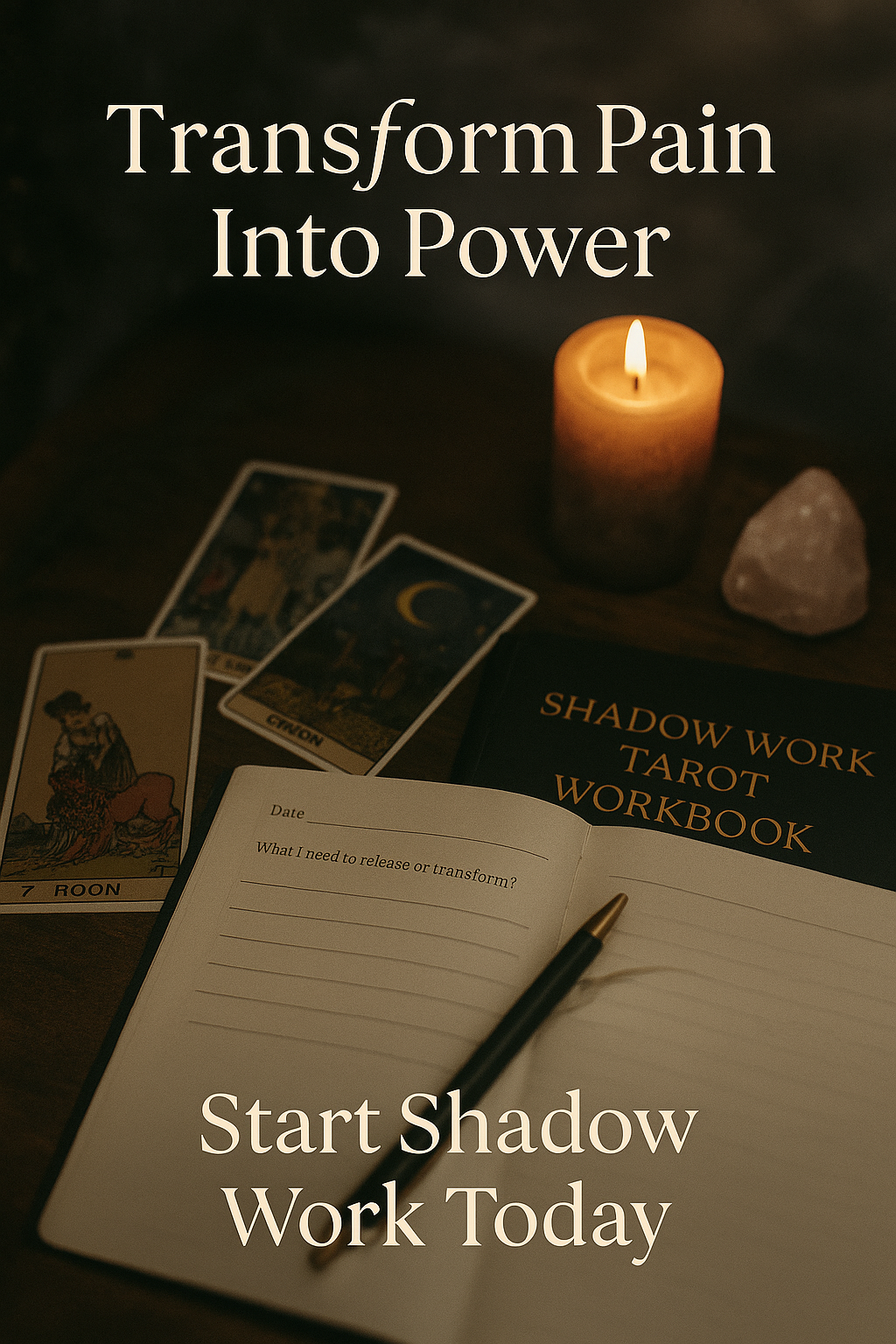History of the Tarot


The tarot, originally know as the trionfi, is a pack of playing cards used from the mid 15th century in various parts of Europe to play games such as Italian tarocchini, French tarot, and Austrian Konigrufen. In the late 18th century, some tarot decks began to be used for divination through tarot reading, which lead to custom decks developed for such occult purposes.
Among English speaking countries, the tarot is usually not used for games, but for divination purposes, usually coming in specially designed packs. Some occult enthusiasts claim that tarot has esoteric links to ancient Egypt, the Kabbalah, Indian tantra, or the I Ching, though there is no documented evidence of such origins or the usage of tarot for divination before the 18th century.
French occultist Jean-Baptiste Alliette was the first person to popularize tarot divination to a wider audience in 1785 using the tarot of Marseilles. Alliete was also the first person to popularize a tarot deck specifically for occult purposes around 1789. The 78 card tarot deck used by esoteric enthusiasts had 2 distinct parts: the major arcana and the minor arcana. The major arcana consists of 22 cards without suits. The minor arcana consists of 56 cards divided into 4 suits of 14 cards each.

Above is a chart from our fellow travelers at Heuristic Tarot explaining the significance of each color in the tarot.
As for the art that decorates each tarot card, it varies depending on the deck. The variations of the tarot deck that were popularized in the 18th century for gaming purposes are the Italian tarot deck, the Italian-Portuguese tarot deck, the French tarot deck, and the German tarot deck. The variations of the tarot that are used for divination purposes are the tarot of Marseilles which depicts themes of medieval Europe in French, the Rider-Waite-Smith tarot which is an English version of the tarot of Marseilles deck, and the Thoth tarot deck which contains themes from ancient Egypt. I prefer the Rider-Waite-Smith tarot deck.
Rider-Waite Tarot has set the standard for hundreds of other tarot decks, which follow the archetypal images created by Pamela Colman Smith in 1909 under the direction of Arthur Edward Waite. This edition includes Smith’s original hand drawn titles.
"A unique feature of the Rider-Waite deck, and one of the of the main reasons for its enduring popularity, is that all of the cards, including the Minor Arcana, depict full scenes with figures and symbols. Prior to the Rider-Waite Tarot, the pip cards of almost all tarot decks were marked only with the arrangement of the suit signs -- swords, wands, cups, and coins, or pentacles. The images on all the cards allow interpretations without the need to repeatedly consult explanatory text. The innovative Minor Arcana, and Pamela Colman Smith's ability to capture the subtleties of emotion and experience have made the Rider-Waite Tarot a model for the designs of many tarot packs." -- (from The Encyclopedia of Tarot, Volume III)
Rider-Waite Tarot was named one of the Top Ten Tarot Decks of All Time by Aeclectic Tarot.
this is an amazon affiliate link if you are interested in purchasing a rider Waite Tarot Deck
<a href="https://www.amazon.com/Rider-Tarot-Arthur-Edward-Waite/dp/091386613X?_encoding=UTF8&pd_rd_w=ZZOuY&content-id=amzn1.sym.5f7e0a27-49c0-47d3-80b2-fd9271d863ca%3Aamzn1.symc.e5c80209-769f-4ade-a325-2eaec14b8e0e&pf_rd_p=5f7e0a27-49c0-47d3-80b2-fd9271d863ca&pf_rd_r=HJQ6SYNTGF6QNDBTM6KJ&pd_rd_wg=u0B5M&pd_rd_r=ce89a3ec-8201-4380-9559-db08c195d13d&linkCode=li2&tag=ripecolor-20&linkId=a56974d808d39de8fcd1681e01714a29&language=en_US&ref_=as_li_ss_il" target="_blank"><img border="0" src="//ws-na.amazon-adsystem.com/widgets/q?_encoding=UTF8&ASIN=091386613X&Format=_SL160_&ID=AsinImage&MarketPlace=US&ServiceVersion=20070822&WS=1&tag=ripecolor-20&language=en_US" ></a><img src="https://ir-na.amazon-adsystem.com/e/ir?t=ripecolor-20&language=en_US&l=li2&o=1&a=091386613X" width="1" height="1" border="0" alt="" style="border:none !important; margin:0px !important;" />
Sourced from: https://www.usgamesinc.com/Rider-Waite-Tarot-Card-Deck.html
Arthur Edward Waite
Born in America in 1857, Waite was raised and educated as a Catholic in England. Beginning at the age of 21, Waite pursued research and writing on psychical and esoteric matters. Soon after joining the Hermetic Order of the Golden Dawn, he became the Grand Master, and redirected the focus of the order from magic to mysticism. The Golden Order, whose structural hierarchy was based on the Kabbalah, is considered the single greatest 20th century influence on the occult. Waite was a prolific author of occult texts, works on the Holy Grail, and the body of mystical knowledge, which comprises the basis of modern Tarot. He is best known as the co-creator of the Rider-Waite Tarot deck and author of its companion volume The Pictorial Key to the Tarot, first published in 1910.
Pamela Colman Smith
Born February 16, 1878, in Middlesex, England to American parents, Smith's childhood years were spent between London, New York, and Kingston, Jamaica. During her teens, she traveled throughout England with the theatre company of Ellen Terry and Henry Irving. Thereafter, she began formal art training at Pratt Institute of Brooklyn, graduating in 1897.
Smith returned to England, where she became a theatrical designer for miniature theatre, and an illustrator -- mainly of books, pamphlets and posters. Around 1903, she joined the Order of the Golden Dawn. In 1909, under the guidance of Arthur Edward Waite, she undertook a series of seventy-eight allegorical paintings described by Waite as a rectified tarot pack. The designs, published in the same year by William Rider and Son, exemplify the mysticism, ritual, imagination, fantasy, and deep emotions of the artist.
Sourced from: https://tarot-heritage.com/history-4/the-rider-waite-smith-deck/
I use them as a tool to hear and feel my intuitive voice. In a way it's like background music. Like little sparks before the engine goes full throttle.
Began reading because I was drawn to the cards. it evolves and becomes more fine tuned the more frequently practiced. Like other skills the more you practice the better you become.
Leave a comment
Also in News

How a Tarot Reading Can Help You Make Decisions
Can Tarot Really Help Me Make a Decision?
Yes — but not by telling you what to do.
A tarot reading won’t say “Take the job” or “Leave the relationship.” Instead, it shows you:
-
What’s influencing you
-
What fears or desires are present
-
What energy surrounds each option
-
What you’re not seeing clearly
The goal isn’t control — it’s clarity.
Why Is It So Hard to Decide?
Because decisions are rarely just logical.
They’re emotional. Energetic. Tied to identity and fear. Sometimes you're not choosing between Option A and B — you're choosing between comfort and growth, fear and freedom.
Tarot helps you name the real decision behind the surface one.
What Kinds of Questions Can I Ask?
Instead of asking:
Should I do this or not?
Try:
-
What is the energy surrounding this opportunity?
-
What lesson is present in this decision?
-
What will I learn if I choose this path?
-
What am I avoiding in making this choice?
These open questions give the cards space to speak honestly.
What Will the Cards Show?
The cards reflect what’s already happening inside you — your resistance, your longing, your truth. A good reading won’t push you. It will help you recognize the path you already feel but haven’t fully claimed.
Sometimes, you’ll hear what you already knew. That’s confirmation. And that’s powerful.
Want Help Seeing Clearly?
✨ I offer intuitive, honest tarot readings designed to help you cut through confusion, reconnect to your intuition, and make decisions with confidence.
📘 Want to start decoding the cards yourself?
Explore the Tarot Cheat Sheet and Reversals Guide
📺 Watch sample readings and decision spreads here:
👉 Ripecolor Tarot Channel
📌 Share or revisit this blog:
👉 Ripecolor on Pinterest

Looking for Honest Tarot Guidance? Here’s What to Do
Wondering what really happens in a tarot reading? Learn what to expect, how it works, and how an honest session can bring clarity and grounded insight.

Why Shadow Work Feels Hard (and How Tarot Makes It Easier)
Shadow work is hard because it’s real. Learn why it brings up so many emotions — and how tarot offers a safe, symbolic way to work through what arises.


Jeffrey Goldstein
Author